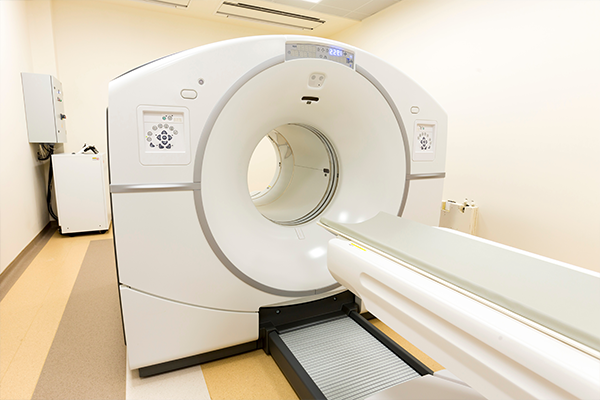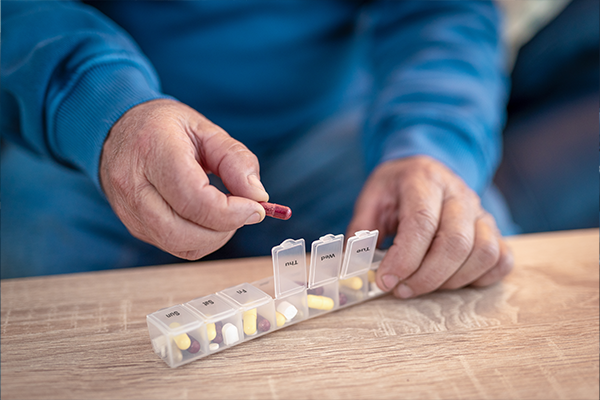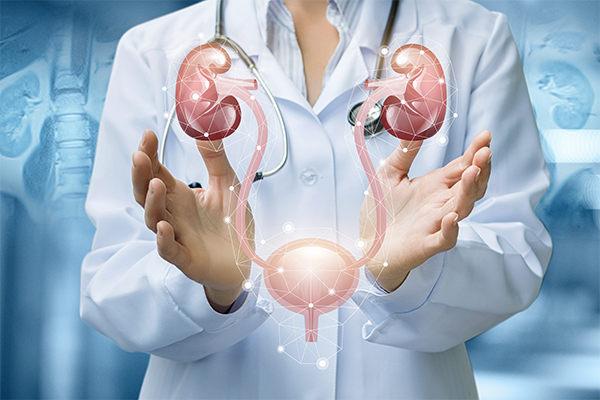Our Services
Services By Type

Diagnostic Procedures
Cystoscopy: Examining the bladder and urethra with a thin, lighted scope (cystoscope).
Ultrasound: Imaging of the kidneys, bladder, and prostate.
Urodynamic Testing: Evaluating bladder function, pressure, and flow.
CT and MRI Scans: Advanced imaging for detailed views of urological structures.
PSA Testing: Blood test for prostate-specific antigen levels, screening for prostate issues.
Urinalysis: Testing urine for signs of infection, disease, or other health conditions.
Biopsy: Tissue sampling, especially for prostate and bladder cancer diagnosis.
Flowmetry: Measuring the strength and pattern of urine flow.

Surgical Procedures
Botox Injections: For overactive bladder and certain pelvic pain syndromes.
Cryotherapy: Freezing abnormal tissue, often for prostate or kidney cancer.
Laser Therapy: For treating enlarged prostate (BPH) and urinary stones.
Vasectomy: Permanent male contraception by cutting the vas deferens.
Prostatectomy: Partial or complete removal of the prostate, commonly for prostate cancer.
Kidney Stone Removal:
-
Extracorporeal Shock Wave Lithotripsy (ESWL): Using sound waves to break kidney stones.
-
Ureteroscopy: Using a scope to remove stones from the ureter or kidney.
-
Percutaneous Nephrolithotomy (PCNL): Surgical removal of large kidney stones.
Transurethral Resection of the Prostate (TURP): Removing part of an enlarged prostate.
Bladder Surgery: Removal of bladder tumors, diverticula, or for reconstruction.
Aquablation
Penile Prosthesis: Implanting devices for erectile dysfunction.
Circumcision: Removal of the foreskin, often for medical reasons.
Orchiopexy: Surgical fixation of an undescended testicle.
Cystectomy: Removal of part or all of the bladder, usually for cancer.
Nephrectomy: Removal of a kidney due to disease or cancer.
Hydrocele Repair: Surgical correction for a fluid-filled sac around a testicle.
Varicocele Repair: Treating enlarged veins in the scrotum that affect fertility.

Robotic Surgery
Robotic-Assisted Surgery with the da Vinci Surgical System: Minimally invasive robotic-assisted procedures for precise surgical interventions, commonly used for:
Prostatectomy: Removal of the prostate for prostate cancer treatment.
Partial and Radical Nephrectomy: Removing part or all of a kidney for cancer.
Pyeloplasty: Repairing the ureteropelvic junction to improve kidney drainage.
Cystectomy: Bladder removal, often in cancer cases.
Reconstructive Urologic Surgeries: For complex cases, including ureteral reconstructions.

Non-Surgical Treatments
Medication Management: Prescribing medications for conditions like BPH, erectile dysfunction, incontinence, and infections.
Hormone Therapy: Treatment for prostate cancer or low testosterone.
Bladder Instillations: Direct placement of medication into the bladder for interstitial cystitis.

Cancer Treatments
Prostate Cancer Treatment: Surgery, radiation, cryotherapy, brachytherapy, or hormone therapy.
Bladder Cancer Treatment: Transurethral resection, cystectomy, chemotherapy, and immunotherapy.
Kidney Cancer Treatment: Partial or radical nephrectomy, ablation, or targeted therapy.
Testicular Cancer Treatment: Orchiectomy (removal of the testicle), chemotherapy, and radiation.
Learn more about our Astera Cancer Care at https://asteracancercare.org/
Reproductive Health and Fertility Treatments
Erectile Dysfunction Treatments: Oral medications, injections, vacuum devices, and implants.
Infertility Treatments: Diagnosis and management, including varicocele repair and hormone therapy.

Incontinence and Pelvic Floor Disorders
Urinary Incontinence Treatments: Behavioral therapies, medications, pelvic floor exercises, or surgery.
Sling Procedures: Surgical support for urinary incontinence.
Sacral Nerve Stimulation: Electrical stimulation for bladder control.
Bulking Agents: Injecting substances to tighten the urethral sphincter.
